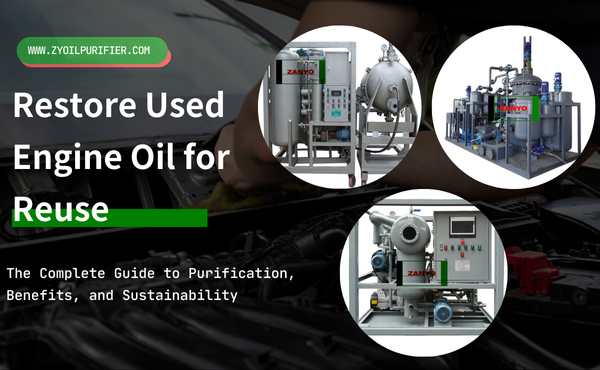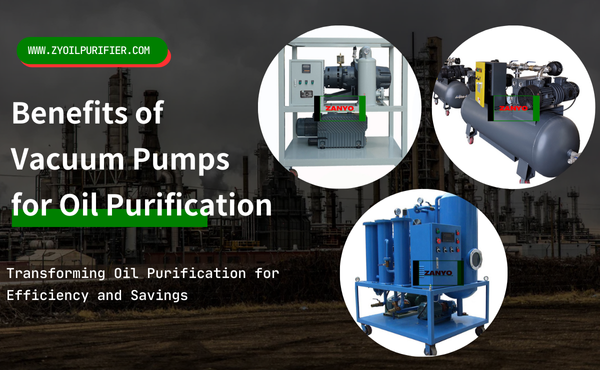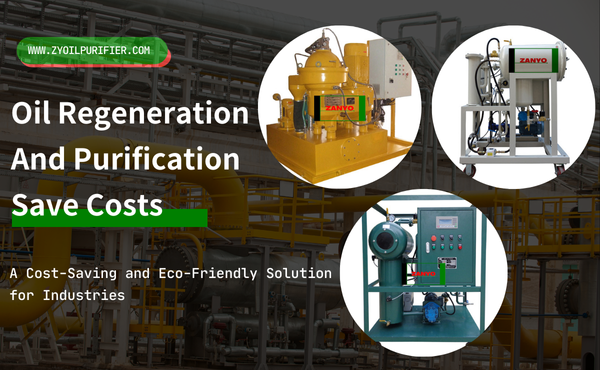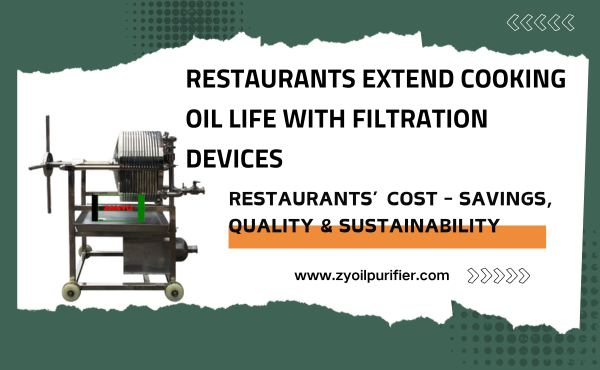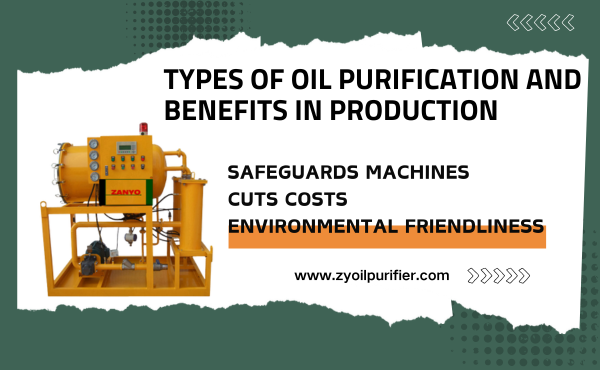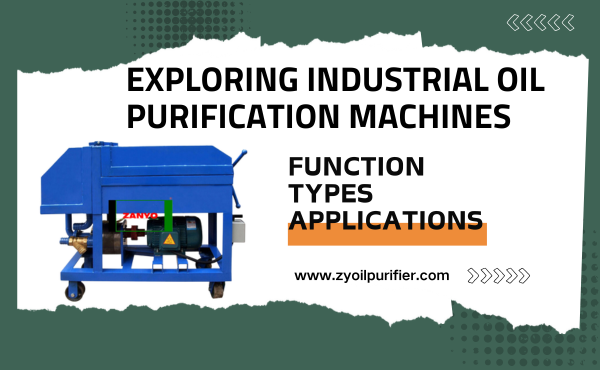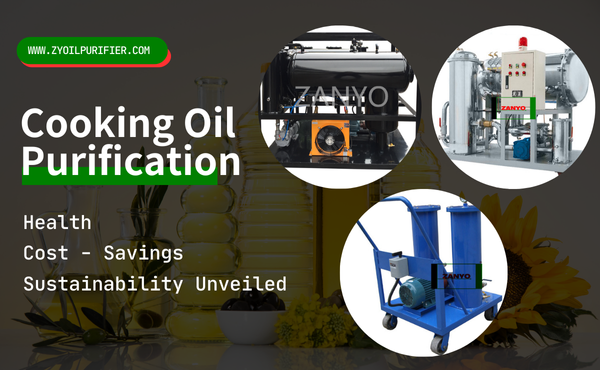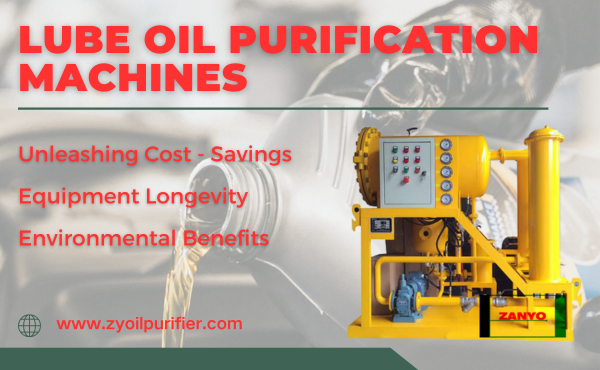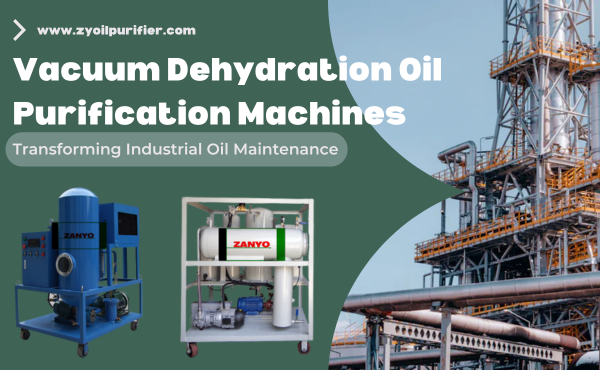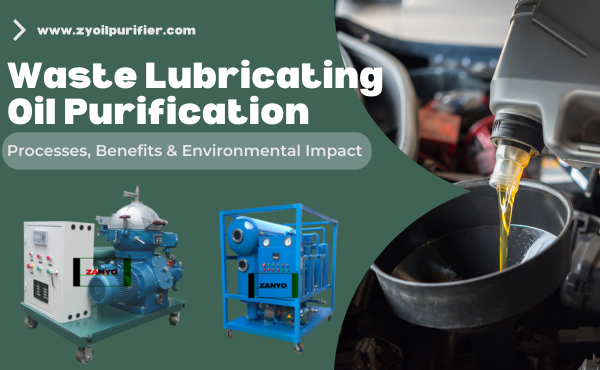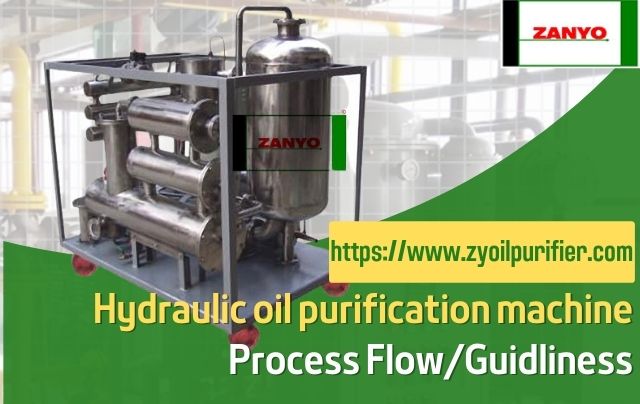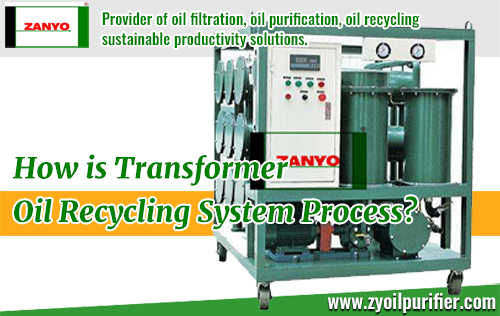High vacuum transformer oil purification systems play a vital role in maintaining transformers. These systems remove impurities, moisture, and gases from the oil, ensuring optimal performance. Transformer oil serves two critical functions: insulation and cooling.
- Its dielectric strength is 8 to 25 times better than air.
- It provides thermal conductivity at least 6 times higher than air.
- It cools thermal hotspots, improving insulation and reliability.
By purifying the oil, you enhance transformer efficiency and reduce risks of failure.
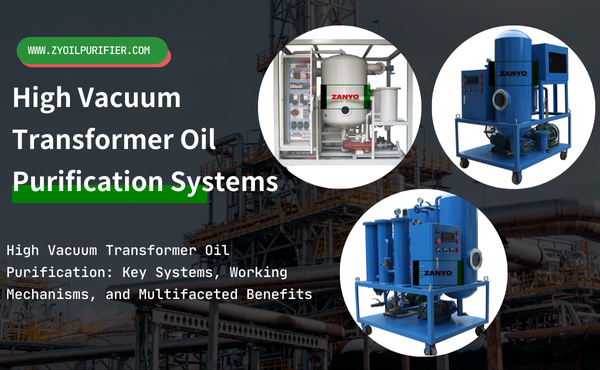
Key Takeaways
- High vacuum systems clean transformer oil by removing dirt, water, and air. This helps transformers work better.
- Cleaning the oil often makes it last longer. It also keeps the equipment safe and avoids expensive fixes.
- Using these systems saves money by needing less upkeep and using less energy. It also helps protect the environment.
Key Components of High Vacuum Systems
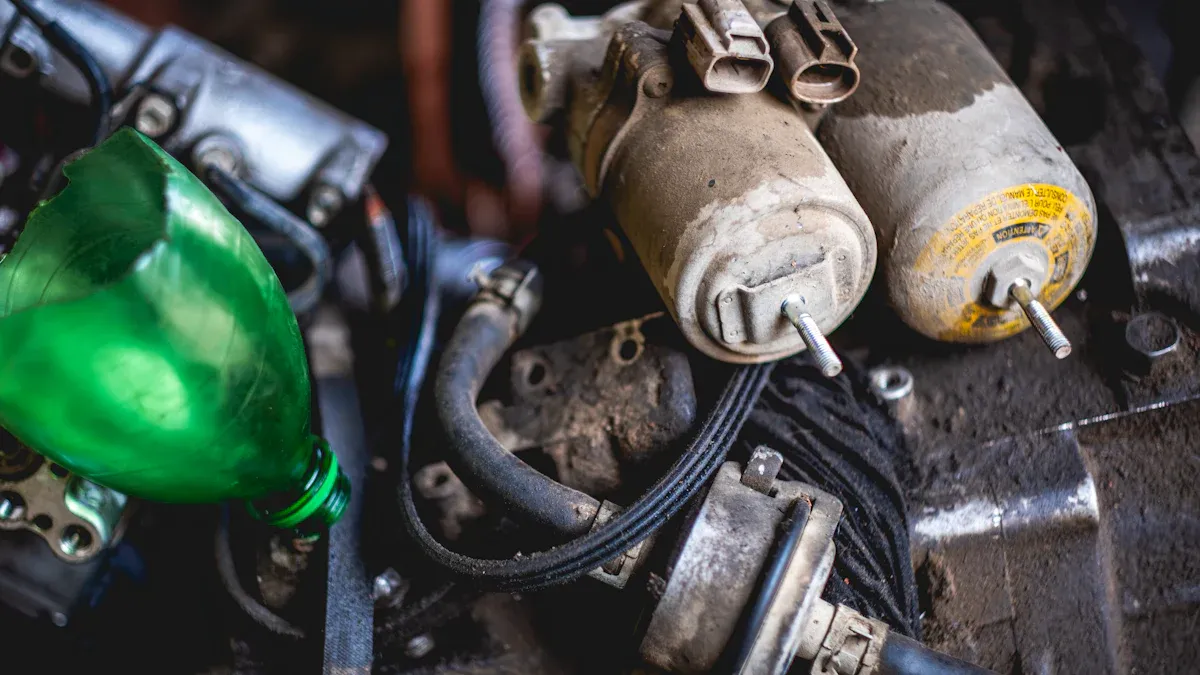
High vacuum transformer oil purification systems rely on several critical components to ensure effective operation. Each part plays a unique role in maintaining the purity and performance of transformer oil.
Vacuum pump system
The vacuum pump system creates the necessary low-pressure environment to remove moisture and gases from the oil. Its efficiency depends on factors like ultimate vacuum degree, pumping speed, and leakage rate.
| Metric | Description |
|---|---|
| Ultimate Vacuum Degree | Achieves a limit vacuum degree up to 1 Pa, indicating high efficiency. |
| Pumping Speed | Quick air pumping capabilities enhance operational efficiency. |
| Leakage Rate | Less than 1% leakage rate ensures minimal loss of vacuum. |
Advanced systems often include anti-oil-back devices and automatic commutation systems to improve reliability.
Heating system
The heating system reduces the oil’s viscosity, making it easier to remove impurities. By preheating the oil, you ensure better filtration and degassing. For example, routine cleaning of preheat exchangers and injecting velocity steam into heater tubes can minimize fouling. This approach improves operational efficiency and ensures consistent performance.
Filtration unit
The filtration unit removes solid impurities from the oil. High-quality filters trap particles effectively, preventing them from damaging the transformer. Materials produced via vacuum melting are often used in these systems because they contain fewer gas inclusions, which enhances filtration efficiency.
Degassing chamber
The degassing chamber eliminates dissolved gases and moisture from the oil. Its design significantly impacts its efficiency.
| Chamber Type | Efficiency in Removing Moisture and Gas |
|---|---|
| T-shape Vacuum | Creates a larger evaporation film, achieving better efficiency. |
| Double-layer Vacuum | Enlarges the oil evaporation area, resulting in higher efficiency. |
These chambers ensure the oil meets the required standards for dielectric strength and insulation.
Control and monitoring system
The control and monitoring system optimizes the operation of high vacuum systems. Features like graphic color touch panels and IoT connectivity provide real-time data on system performance.
Tip: Early detection of issues, such as worn bearings or unbalanced fan blades, can prevent costly repairs and downtime.
By monitoring filter status and compressed air usage, you can maintain the system’s efficiency and prolong its lifespan.
How High Vacuum Systems Work
Initial filtration to remove solid impurities
The purification process begins with initial filtration, which targets solid impurities in the transformer oil. Filters like filter bags and pre-filters trap particles of varying sizes. This step ensures that large contaminants are removed before further processing.
| Filter Type | Function |
|---|---|
| Filter Bag | Retains large particles. |
| Pre-Filter | Captures finer particles; effectiveness depends on self-cleaning and surface area. |
| HEPA-Filter | Removes very small particles (down to 0.003 mm), ensuring high air quality. |
This stage improves oil quality by reducing moisture content to below 5 ppm and gas content to less than 0.1%. It also filters particles as small as 1 micron, safeguarding the transformer from potential damage.
Heating to reduce oil viscosity
Heating the oil reduces its viscosity, making it easier to process. Preheating allows impurities to separate more effectively during filtration and degassing. By maintaining optimal temperatures, you ensure that the oil flows smoothly through the system, enhancing the overall efficiency of the high vacuum purification process.
Vacuum degassing to eliminate moisture and gases
Vacuum degassing plays a critical role in removing dissolved gases and moisture from the oil. This step enhances the dielectric strength of the oil, preventing sludge formation and overheating. It also extends the lifespan of transformers and reduces maintenance costs. Cleaner oil improves efficiency and ensures the reliability of power distribution systems.
Fine filtration for enhanced purification
Fine filtration further purifies the oil by removing microscopic impurities. This step enhances the insulating properties and cooling efficiency of the oil. Regular fine filtration reduces wear and tear on the transformer, leading to cost savings and improved reliability. It also minimizes the environmental impact by reducing the need for frequent oil disposal.
| Performance Indicator | Description |
|---|---|
| Enhanced Performance | Clean oil improves insulating properties and cooling efficiency. |
| Extended Lifespan | Regular filtration reduces wear and tear. |
| Cost Savings | Reduces the frequency of oil changes and maintenance costs. |
| Improved Reliability | Ensures consistent operation and reduces power outages. |
| Environmental Protection | Minimizes the need for disposing of contaminated oil. |
Monitoring and quality assurance
Monitoring ensures the system operates efficiently throughout the purification process. Standard operating procedures and regular maintenance schedules help prevent downtime. Performance monitoring identifies issues early, ensuring consistent operation. By adhering to these measures, you maintain the quality of the oil and extend the lifespan of your equipment.
| Quality Assurance Measure | Description |
|---|---|
| Standard Operating Procedures | Guidelines for consistent and safe operations, including start-up and shutdown processes. |
| Maintenance Schedules | Regular inspections and checks to ensure equipment functionality and prevent downtime. |
| Performance Monitoring | Ongoing assessment of system parameters to ensure optimal operation and identify issues. |
Benefits of High Vacuum Oil Purification
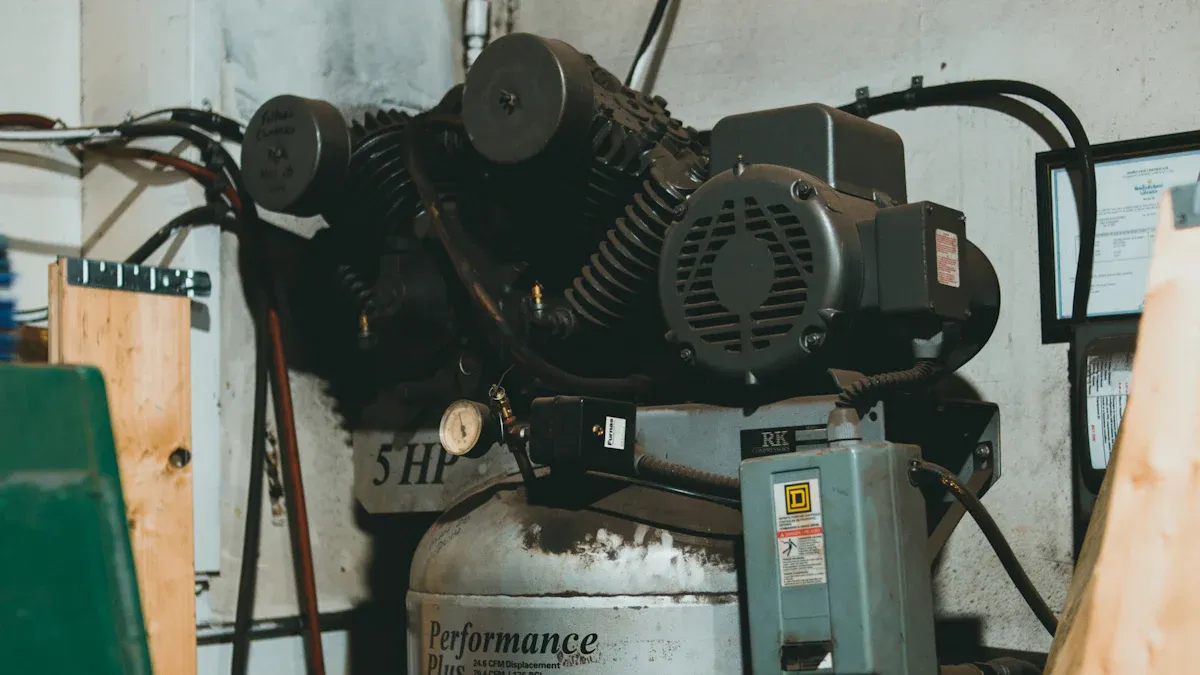
Enhanced transformer efficiency and performance
High vacuum oil purification systems significantly improve transformer efficiency. These systems remove free and soluble water, gases, and particulate matter from the oil. This process increases the dielectric strength of the oil, which enhances its insulation properties. Better insulation ensures that transformers operate more efficiently, reducing energy losses and improving overall performance.
- Removes moisture and gases, preventing insulation breakdown.
- Maintains high dielectric strength for optimal energy transfer.
- Reduces overheating, ensuring stable transformer operation.
By maintaining clean and efficient oil, you can ensure your transformer performs at its best.
Prolonged lifespan of transformer oil and equipment
Purifying transformer oil extends the life of both the oil and the equipment. Research shows that maintaining oil quality reduces the risk of corrosion and insulation degradation. This minimizes the need for costly repairs or replacements. When you use purification systems, you protect your transformer from premature wear and tear, ensuring it operates reliably for years.
Reduced risk of electrical failures
Contaminated oil can lead to electrical failures, causing power outages and equipment damage. High vacuum systems eliminate impurities that compromise the oil’s insulating properties. By using these systems, you reduce the likelihood of short circuits, overheating, and other electrical issues. This ensures uninterrupted power supply and protects your investment.
Cost savings through minimized maintenance
High vacuum systems help you save money by reducing maintenance costs. Automation improves operational efficiency, while predictive maintenance lowers unexpected equipment failures by up to 25%. Variable speed pumps reduce energy consumption by as much as 90%, further cutting costs. These systems also operate on standby mode, consuming minimal power when not in use.
- Lower energy consumption through dynamic adjustments.
- Reduced maintenance frequency with reliable purification.
- Significant savings from fewer equipment failures.
Environmental advantages via oil recycling
Recycling oil through high vacuum purification offers several environmental benefits. It prevents soil and water contamination, protecting ecosystems. Recycling also reduces the need for virgin oil, conserving natural resources and energy. Additionally, it curbs greenhouse gas emissions by minimizing extraction and refining processes. By adopting these systems, you contribute to a sustainable, circular economy.
- Prevents pollution and protects aquatic life.
- Conserves resources and reduces energy use.
- Supports sustainability by minimizing waste.
High vacuum transformer oil purification systems offer numerous benefits. They remove moisture, preserve vital additives, and enhance dielectric strength. Regular use extends transformer life and ensures reliability. Industries increasingly adopt these systems for predictive maintenance and operational efficiency. By implementing them, you can protect your equipment and optimize performance for years to come.
FAQ
What is the ideal temperature for heating transformer oil during purification?
The ideal temperature ranges between 60°C and 80°C. This range reduces oil viscosity, ensuring effective filtration and degassing without degrading the oil’s properties.
How often should you purify transformer oil?
You should purify transformer oil every 6 to 12 months. However, the frequency depends on the transformer’s load, operating conditions, and oil quality.
Tip: Regular oil testing helps determine the right purification schedule for your transformer.
Can high vacuum purification systems handle all types of transformer oil?
Yes, these systems work with most transformer oils. However, always check the manufacturer’s specifications to ensure compatibility with your specific oil type.
Note: Using incompatible systems may reduce purification efficiency or damage the oil.

